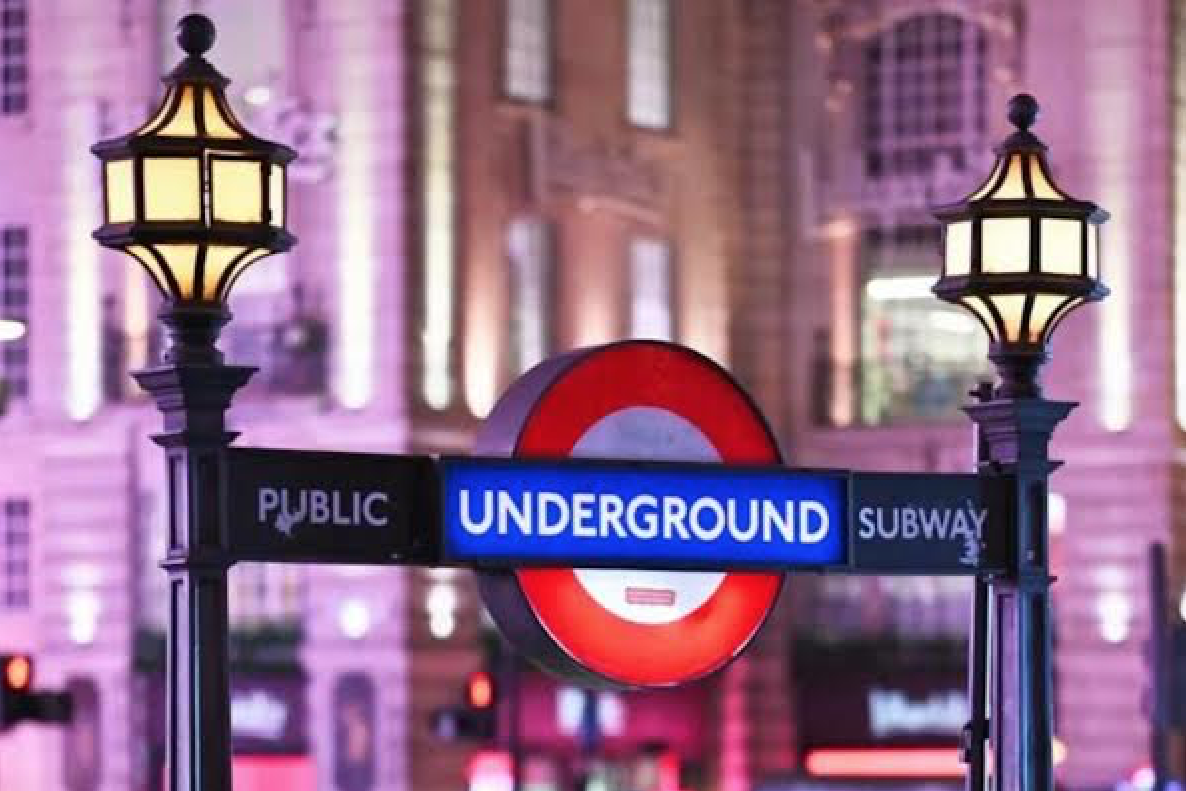To compile what has become one of the most authoritative rankings of the world’s top cities, Resonance’s research team conducted an extensive global analysis, examining dozens of metrics and layers of data across hundreds of urban destinations. Their assessment rests on three defining pillars: Livability, Loveability, and Prosperity.
Livability measures the everyday experience of residents and visitors alike, from walkability and access to nature to public transport efficiency and air quality. Loveability captures the emotional pull of a city: its cultural scene, culinary landscape, iconic attractions, and online buzz. Prosperity, meanwhile, reflects economic vitality, educational opportunities, and global connectivity through airport infrastructure.
London Crowned Best City in the World — Yet Again
After evaluating everything from demographic trends to tourism statistics — including a landmark survey with 21,000 respondents — the results are conclusive. London has been officially named the best city in the world for the eleventh year in a row. Despite fierce competition from some of the globe’s most dynamic urban destinations, the British capital continues to lead the pack, followed by New York in second place and Paris in third.
London’s enduring appeal lies in its constant evolution. Whether through major urban redevelopment projects, an ever-expanding cultural offering or the steady flow of innovation that shapes its neighborhoods, the city continues to reinvent itself. Its blend of history and cutting-edge creativity, combined with its global influence, has cemented its status as a world powerhouse.
From its world-class museums and theatres to its booming tech hubs, London stands out as a city where tradition and modernity co-exist in a uniquely compelling way. Its ability to adapt — and thrive — is what keeps it firmly on top.
The World’s Top Cities:


